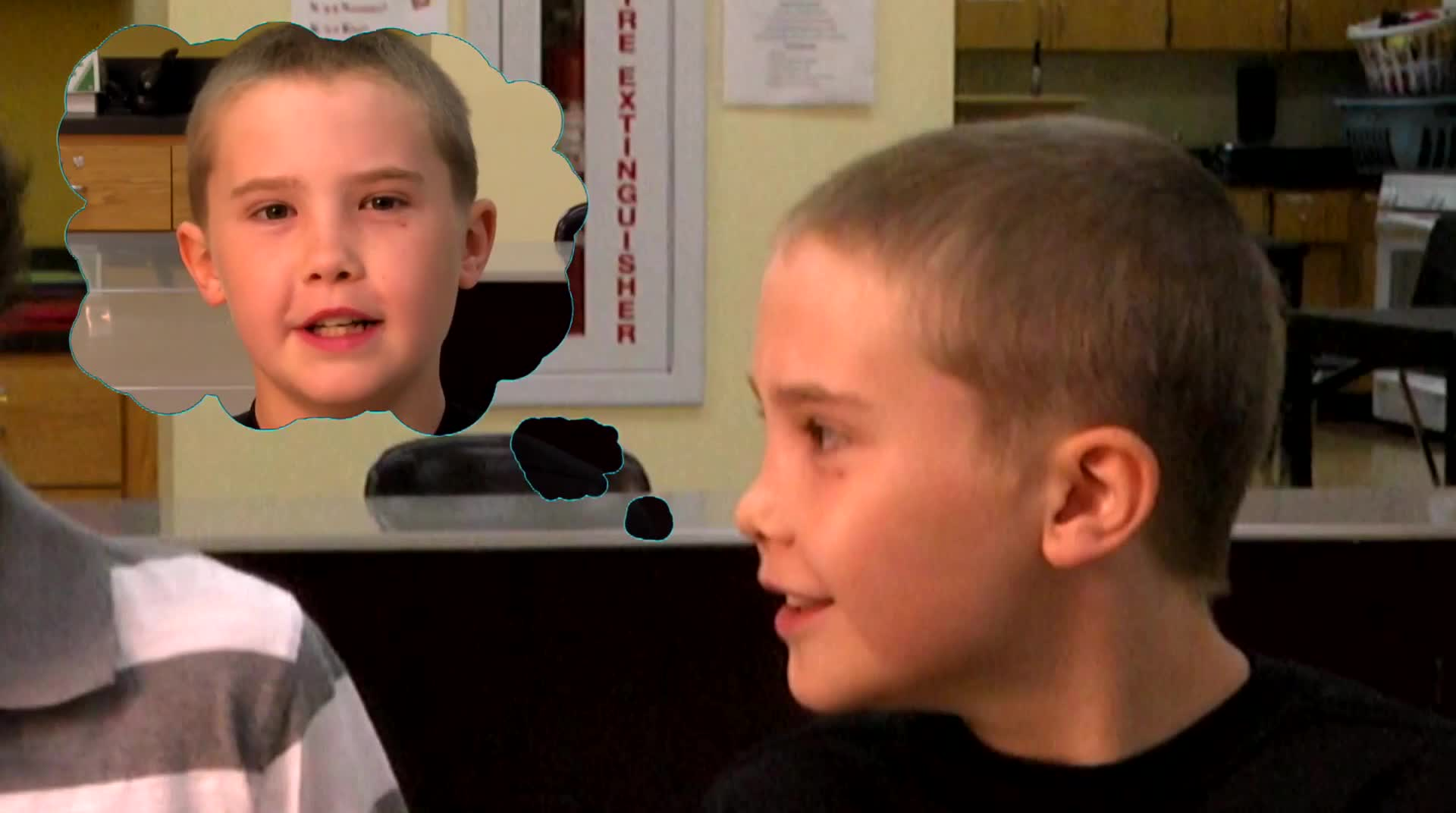
In this blog post, we will explore the concept of personal space and how to teach it to students in special education settings. Personal space is an essential aspect of social-emotional learning, as it helps individuals maintain a comfortable distance from others and fosters positive social interactions. By understanding and respecting personal space boundaries, students can develop better relationships with their peers and avoid making others feel uncomfortable.
Introduction
Personal space refers to the physical distance people prefer to maintain between themselves and others. This invisible “bubble” varies from person to person and can be influenced by factors such as culture, environment, and individual preferences. In a special education context, teaching students about personal space is crucial for promoting social-emotional well-being and fostering positive relationships with their peers. It also helps students become more aware of their own boundaries and those of others, which can lead to increased empathy and understanding.
No-Prep Activity: The Personal Space Bubble
This simple, no-prep activity aims to help students visualize the concept of personal space and understand the importance of respecting others’ boundaries. Here’s how it works:
- Ask students to stand up and spread out in the room, ensuring they have enough space around them.
- Explain that everyone has an invisible “bubble” around them, which represents their personal space.
- Ask students to imagine this bubble and gently stretch their arms out to the sides, showing the size of their bubble.
- Have students walk around the room, being mindful of their bubbles and avoiding touching or bumping into others’ bubbles.
- After a few minutes, gather the students and discuss how it felt to be aware of their personal space and respecting others’ boundaries.
Discussion Questions
Use these questions to facilitate a thoughtful conversation about personal space and its importance in social-emotional learning:
- Why is it important to respect others’ personal space?
- How do you know when you are too close to someone? What are some signs that you might be invading their personal space?
- How might someone feel if their personal space is invaded? How would you feel in that situation?
- Can you think of a time when you needed to give someone more personal space? How did you handle it?
- How can we practice being more aware of our own personal space and the personal space of others?
Related Skills
Teaching personal space in special education is just one aspect of a broader social-emotional learning curriculum. Other related skills that educators can focus on include:
- Active listening
- Empathy and understanding others’ feelings
- Non-verbal communication and body language
- Setting and respecting boundaries
- Conflict resolution and problem-solving
Next Steps
If you found this blog post helpful and would like to explore more activities and resources for teaching personal space and other social-emotional skills, we encourage you to sign up for free samples of our materials at Everyday Speech. Our sample materials include a variety of effective, engaging, and easy-to-use resources that can help educators support students in special education settings.

